2024 Hyundai Creta Review: Sands of Time
Ageing is usually not good for a superstar; however, the Hyundai Creta, unlike any other typical superstar, seems to be getting better with age. We drive it to find out if that truly is the case.
By Dhruv Paliwal
Photography By Sunil Chauhan
It has been nine years since Hyundai unleashed the Creta onto Indian roads, and in that time, it has not only set benchmarks but also surpassed milestones that most other cars can only aspire to achieve. A testament to this monumental success is the noteworthy achievement of selling more than 9 lakh units since 2015. What’s more, the compact SUV also accounts for 44 per cent of Hyundai India’s total SUV sales. The Creta, then, is important not only for Hyundai but also for Indian car buyers, considering that it has consistently set benchmarks in the segment in terms of design, features, powertrain options, driving experience, and overall quality.
Now, with the arrival of the new Creta, the question is – can it live up to the legacy of its almost decade-old predecessor?
2024 Hyundai Creta Review: Red Carpet Arrival
Let’s begin with the Creta’s design. While the outgoing model of the SUV was known for its design, it was a bit polarising – you either loved it or hated it. The new iteration of the SUV, on the other hand, dispenses with that, presenting a design that’s fresh, muscular, and undeniably SUV-like. It's a design that would warrant rolling out the red carpet. What makes it even better is the sheer simplicity with which the Creta achieves this transformation. Gone are those extravagant elements that clamoured for attention, and instead, it now gets elements that give it a more cohesive and harmonious look.
Take, for instance, the Creta’s face. Despite incorporating bold elements – like the LED bar running across the car’s width, connecting the two DRLs on each side, huge grille, and vertically stacked headlamps – the Creta’s face now exudes a cohesive look. The rear end of the SUV tells a similar story, with an LED bar connecting the two tail lamps. Overall, the design seems well-integrated and suits its stance.
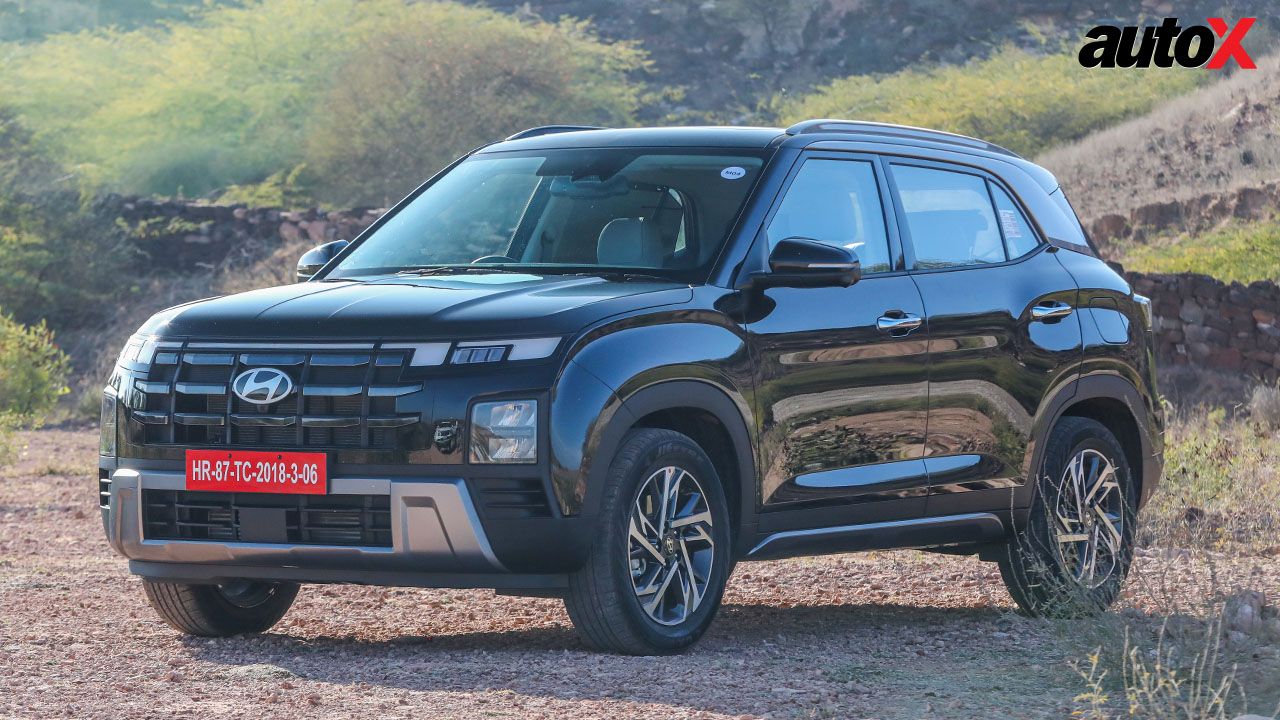
Inside the cabin, the Creta has undergone a similar transformation. The previous model’s cabin had all the bells and whistles, but everything seemed a bit scattered. The touchscreen, in particular, I think, was the most problematic of all. All that, however, has changed with the new Creta. Hyundai has completely reworked the dashboard. While a bit asymmetrical in design, the use of the different layers and colours gives it a stunning appearance. The touchscreen and the instrument cluster are now housed within the same enclosure, something similar to what Kia has done in the new Seltos. I particularly like the enhanced functionality that it offers. The screen discreetly remains hidden when you don’t need it but is effortlessly at your fingertips when needed.
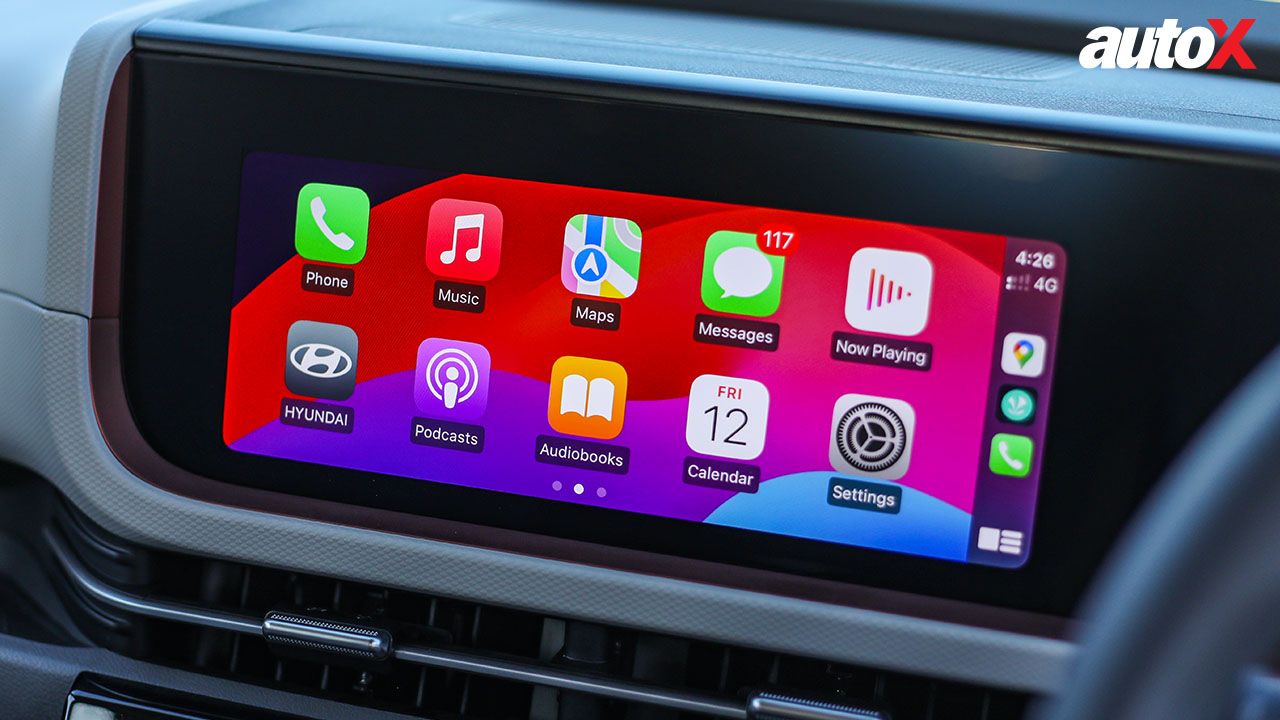
The two 10.25-inch screens offer vibrant colours and crisp graphics. The instrument cluster is all new as well. The graphics are similar to that of the Alcazar, considerably adding to the overall in-cabin experience. One of the highlights of the instrument cluster is its adaptive theme, changing dynamically based on the selected drive mode, and I must say that each of them has been designed beautifully and with exquisite attention to detail. The interior colours now exude liveliness, and in the turbo-petrol and diesel variants we tested, the minimal use of black imparts a distinctly upmarket ambience to the cabin, enhancing the overall appeal of the Creta’s interior.
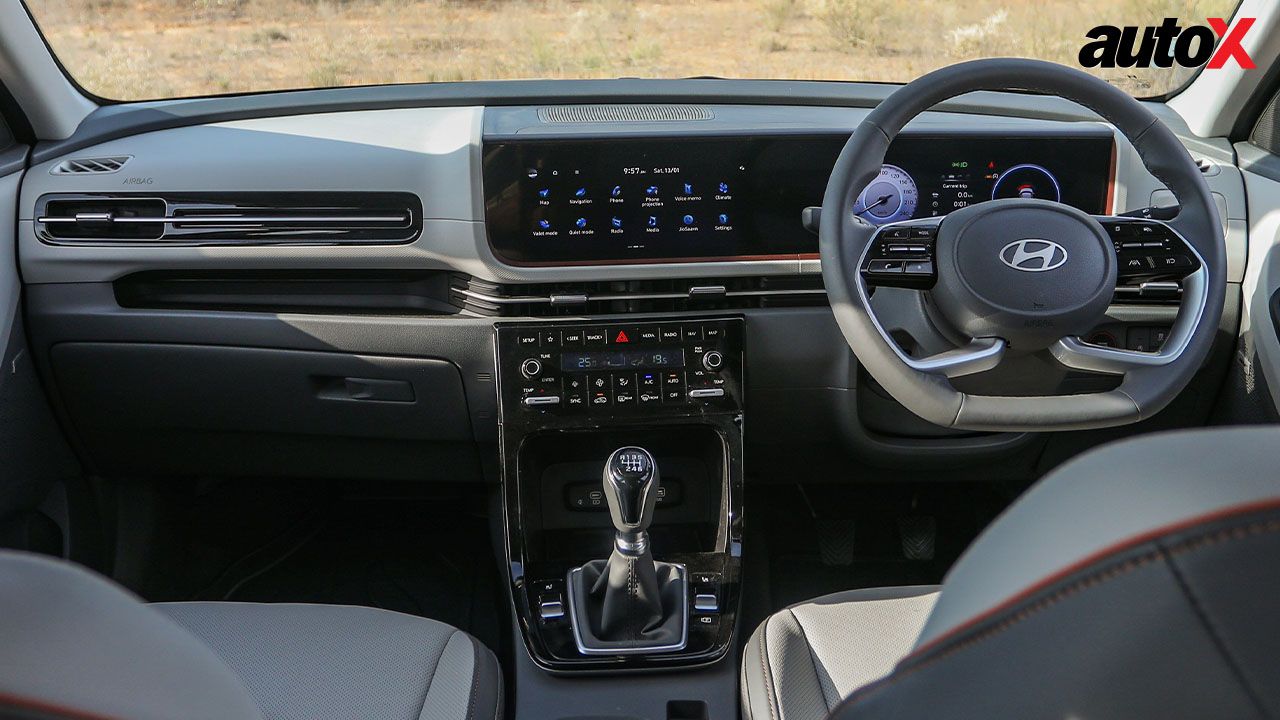
Also Read: 2024 Kia Sonet Review: Still Numero Uno?
2024 Hyundai Creta Review: Punchy Performance
Now, while the red carpet demands an appealing presence, which the Creta has in abundance, truly captivating the audience requires a performance worthy of applause. And the Creta doesn’t disappoint in this regard. Of the two variants we tested, I drove the new 1.5-litre turbo-petrol engine variant first. Hyundai only offers a 7-speed dual-clutch transmission (DCT) with this engine. This combination is undeniably one of the most in-sync powertrains that I have experienced in recent times. The turbo-petrol motor exhibits such a level of refinement and smoothness that, during our time with the car, it was almost impossible to know if the engine was on or not when idling. And the moment you put your foot down, you’ll find yourself going faster than you’d have anticipated. Some of the credit for this refined performance also goes to the DCT. When driven sedately, it seamlessly upshifts at the earliest opportunity, and the shifts are so smooth that they are hardly discernible. And when you want to go fast, the shifts become lightning-quick. In fact, the kick-down experience, when flooring the thottle in a higher gear, is easily one of the best. The fuel efficiency remains respectable with this engine-transmission combination, as long as you take it easy.
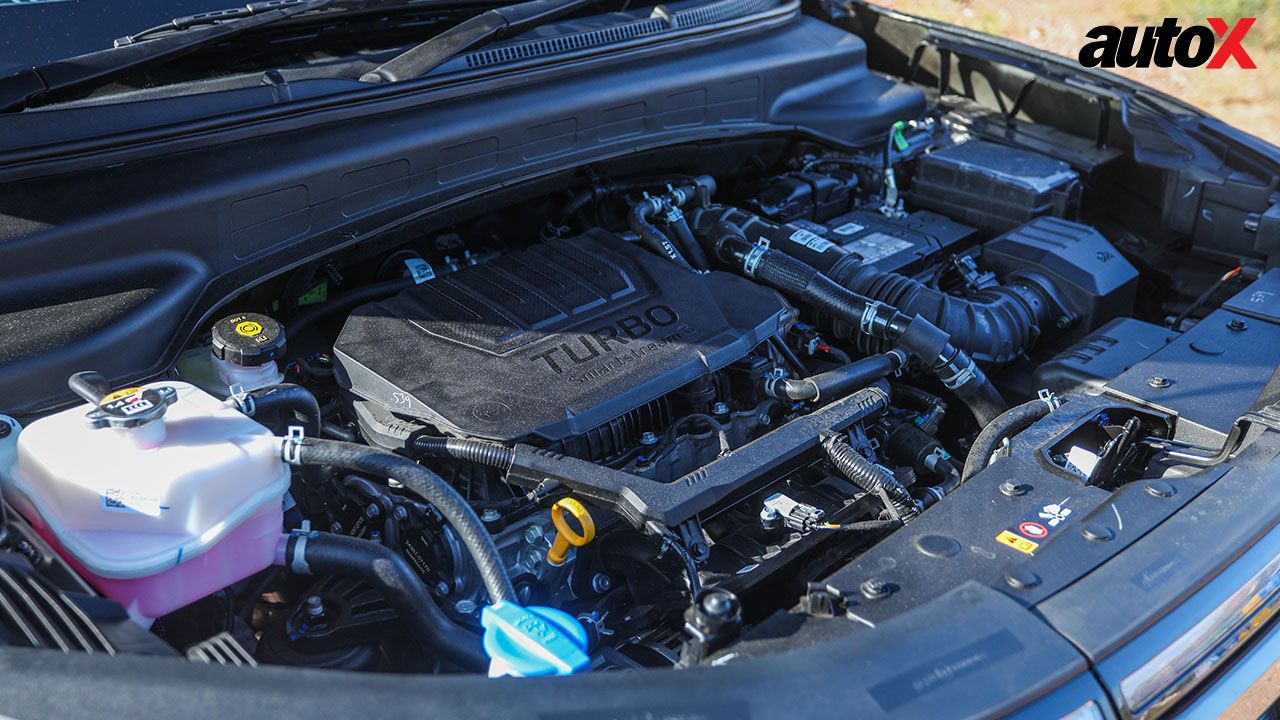
However, if you are looking for more efficiency, the 1.5-litre diesel engine of the Creta is the one to consider. We had the opportunity to drive this engine with a 6-speed manual transmission, and it stands out as one of the most efficient powertrain combinations in the segment. However, what really impressed me was not just the fuel efficiency but the refinement of this diesel powertrain. You see, given that it’s a diesel unit, I wasn’t expecting complete silence inside the cabin. But, Hyundai has managed to successfully eliminate unnecessary clatter, transforming the engine noise into more of a hum, which is easily drowned in the rich sound of the BOSE audio system. As for the manual transmission, the clutch is light and the gear throws are relatively short. In short, it feels buttery smooth to operate.
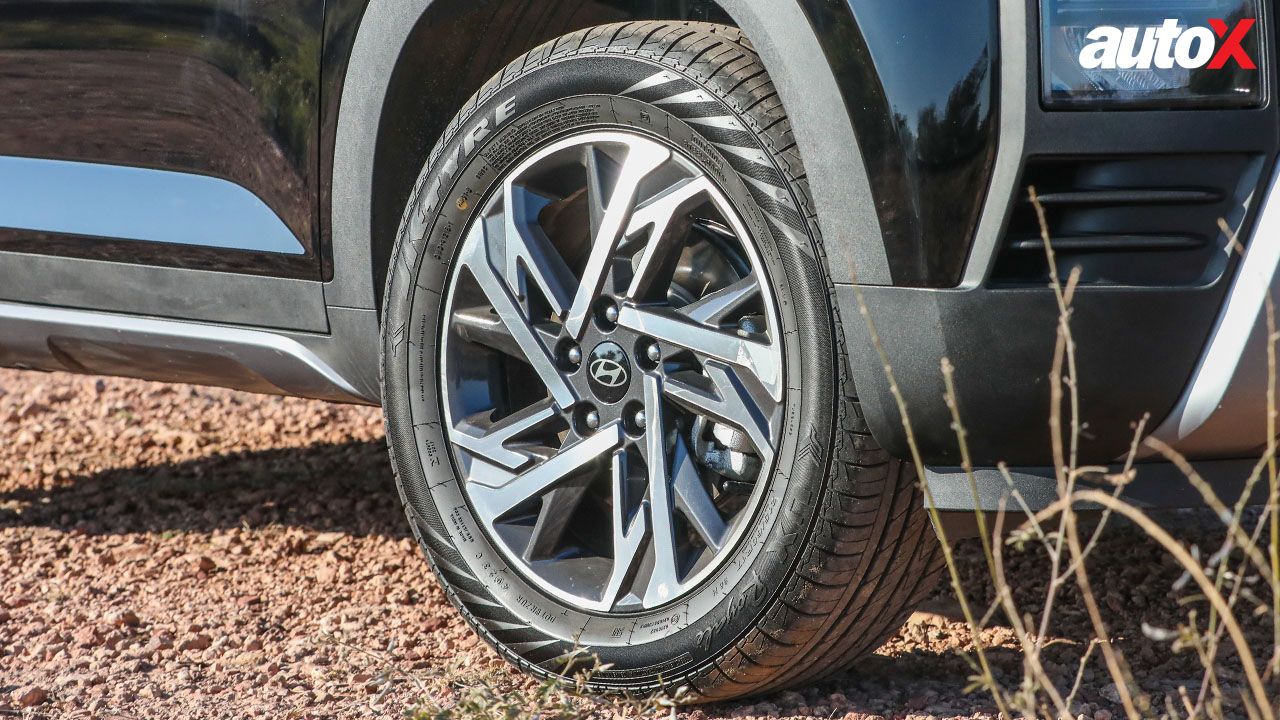
The Creta’s powertrains, then, offer a commendable performance. However, the most pivotal aspect of a family car or an SUV is its ride quality. And it’s in this regard, that the Creta needs to excel, and for the most part, it does. Allow me to explain. Hyundai has strengthened the crash members of the chassis, and that has led to a new tune for the suspension. Now on flat, flowing highways, the Creta simply wafts along without any fuss. But, on uneven road undulations, the Creta starts to lose of bit of its composure. It’s not downright uncomfortable, but after experiencing its otherwise luxurious ride, it feels somewhat disappointing. Now, during the test, we drove with slightly inflated tyre pressures on the road surface that was less than ideal. Plus, we had only a couple of people on board. We would be able to offer a more comprehensive evolution in this regard once we have the car for a longer duration.
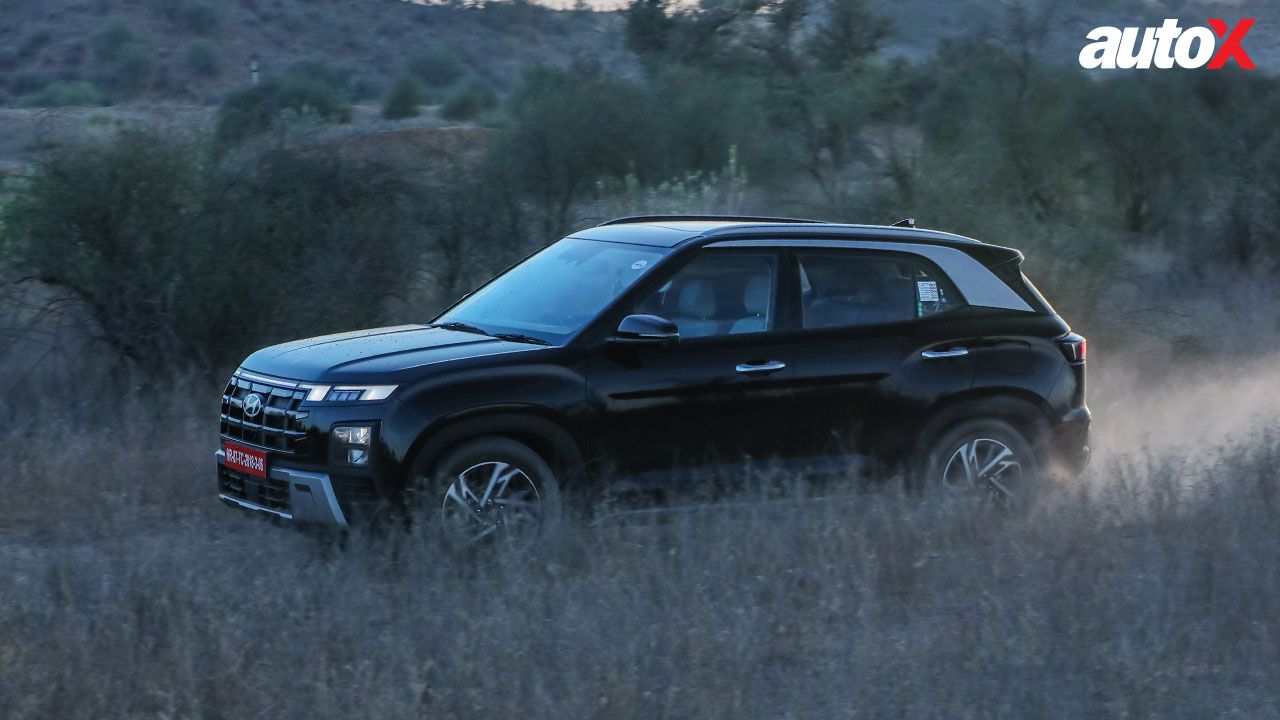
As for handling, the Creta was never a corner-carver, and it still is not. It can take on corners, but it doesn’t really like being hustled around them. The steering feels quite effortless to use in the Eco and Normal drive modes, but in the Sport mode, it becomes a little too heavy for my liking.
Also Read: 2023 Tata Safari Review: More than Just an Iconic Nameplate?
2024 Hyundai Creta Review: Star Power
In terms of automotive star power, it’s undeniably the features that take centre stage. After all, car features have evolved to a point where they can rival the comfort of a living room. And if you like your car to be full of features, you will simply love the Creta. It has always been a feature-rich offering, with bits like a panoramic sunroof, an electronic parking brake, fully digital screens, connected car technology, ventilated seats, and so on. The new Creta, now, comes with ADAS. This Level 2 system comprises 19 active safety features, ensuring your safety on the road. Moreover, the Creta now comes with dual-zone climate control for both the driver and front passenger. Plus, Hyundai has made 36 safety features, including six airbags, standard across the variant line-up.
2024 Hyundai Creta Review: Verdict
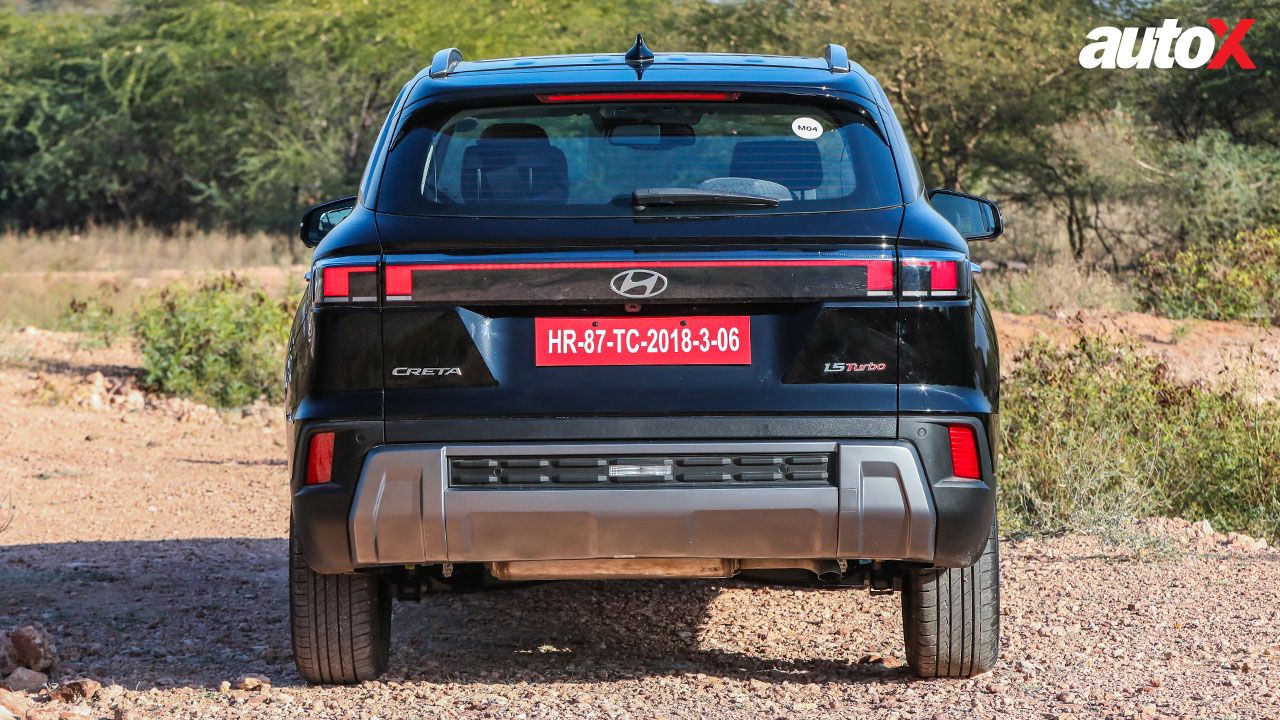
So, with its red-carpet-worthy appearance, punchy performance, and star power, does the Hyundai Creta uphold its almost decade-long legacy of being one of the most well-rounded compact SUVs? The short answer is, a resounding yes. It checks enough boxes across various aspects to stake a claim to that title. The new Creta sports more appealing aesthetics and is equipped with better powertrains than before, along with a feature list that has grown slightly longer. The only drawbacks include a somewhat jittery ride quality on less-than-ideal roads and a second row that may not be the most comfortable for tall passengers. Except for these two limitations, the Creta is undeniably one of the best options in the segment.
Engine: 1,482 cc / 1493 CC
Fuel: Petrol / Diesel
Transmission: 7-Speed dct / 6-Speed mt
Power: 158BHP @ 5,550RPM / 114BHP @ 4,000RPM
Torque: 253Nm @ 1,500-3,000 RPM / 250Nm @ 1,500-2,750 RPM
Price: ₹11-20.15 Lakh (Ex-Showroom)
X-Factor: All-rounded suv that now looks like a million bucks.
|
Pros • Interior Quality • Feature-loaded |
Cons |
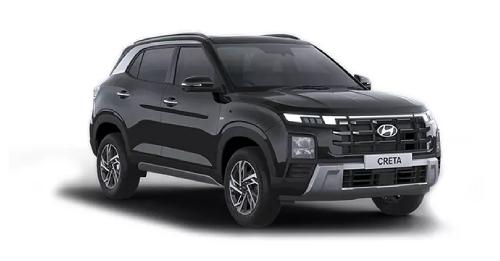



-1763700585579.webp)

